An array of cultural performances and traditional activities took centre stage at the “Malaysia Truly Asia” Hi-Tea in Doha Friday, marking the 50th anniversary of bilateral relations between Malaysia and Qatar.
The event, organised by the embassy of Malaysia in Doha in collaboration with the Malaysian community in Qatar, showcased and celebrated Malaysia’s cultural diversity: from performing arts through music and dances, traditional cuisines and games to costumes and fabrics.
“In a small way we want to showcase Malaysia and to kick off the celebration for the year,” Malaysia ambassador Zamshari Shaharan told Gulf Times on the sidelines of the celebration.
He said that this event aligns with the government’s vision for fostering collaboration between the Malaysian community in Qatar and the embassy in enhancing Malaysia’s global visibility.
Shaharan stressed that such occasion serves as the start of the upcoming “Visit Malaysia Year” in 2025, as announced by the Malaysian prime minister.
This initiative aims to attract 23.5mn international visitors, generating an anticipated revenue of RM76.8bn.
According to the embassy, the tagline “Malaysia Truly Asia” represents the essence of the country’s unique and rich diversity and underlines Malaysia as an extraordinary tourist destination where the vibrant colours, flavours, sounds, and sights of Asia converge to create an unparalleled experience.
At the event, visitors were treated to a cultural performance featuring the artistry of the 'kompang' (shallow hand drums).
Classified within the percussion group of musical instruments, the 'kompang' holds a prominent place as the most popular traditional musical instrument among the Malay community.
Originated from the Arab world, this instrument is thought to have made its way to Malaysia, either introduced during the era of the Malacca Sultanate by Indian Muslim traders or brought by Arabian traders in the 13th century.
Other presentations include the 'joget' dance, a traditional Malay dance that originated in Malacca in the colonial era influenced by the Portuguese dance of Branyo; 'Kuda Kepang' dance, especially famous in Johor state where dancers use horse dummies made of woven bamboo and without legs, just the bodies, heads and tails only; and 'Mak Inang' dance, also known as 'Si Kembang Cina', which reflects the existence of Chinese influence in its music.
Attendees also had the chance to experience various activities such as hands-on activity of colouring batik and traditional games for adults and children like 'congkak' and 'Batu Seremban', in addition to a wide range of popular Malaysian dishes.
'Congkak' is a traditional game thought to have been introduced to the Malay archipelago from India.
'Batu Seremban' enjoys popularity in the Malaysian states of Kedah, Selangor, Kelantan, and Johor.
Alternatively known as 'Permainan Batu Selambut' or 'Serembat', this game is played individually or in groups of two to four people.
To play, participants require five objects referred to as 'buah' (game pieces), which can be rubber seeds, glass marbles, bean bags, pebbles, or small cloth wrappings, among others.
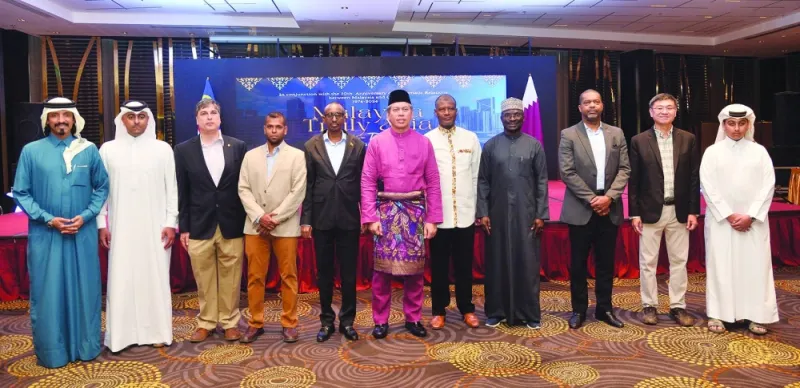
Malaysia ambassador Zamshari Shaharan with guests at the event Friday. PICTURE: Shaji Kayamkulam
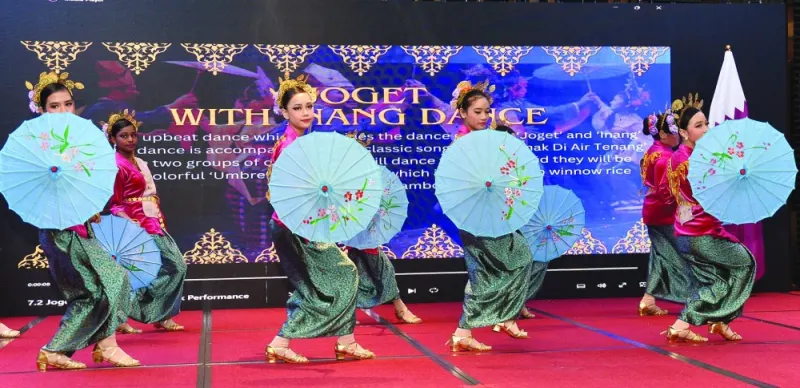
Snapshots from the 'Malaysia Truly Asia' Hi-Tea event. PICTURE: Shaji Kayamkulam
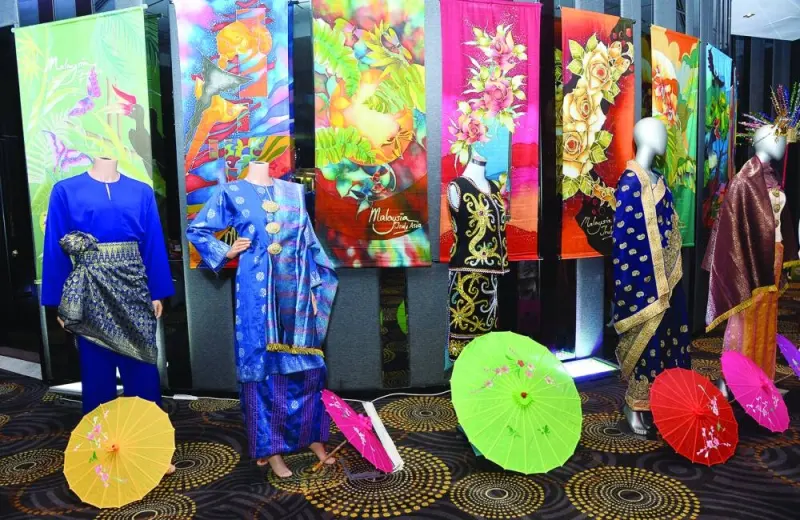
PICTURE: Shaji Kayamkulam
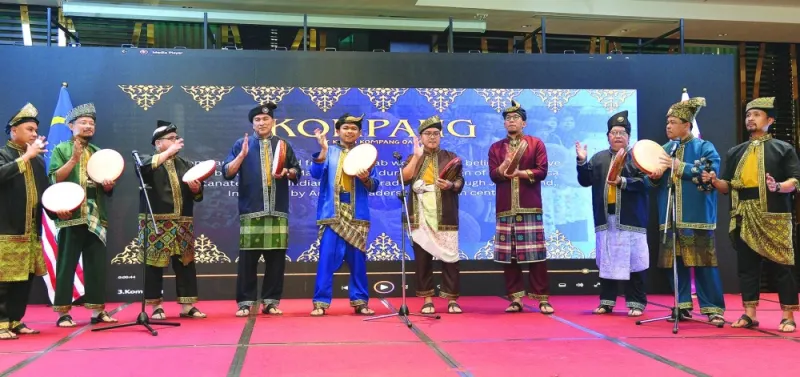
PICTURE: Shaji Kayamkulam
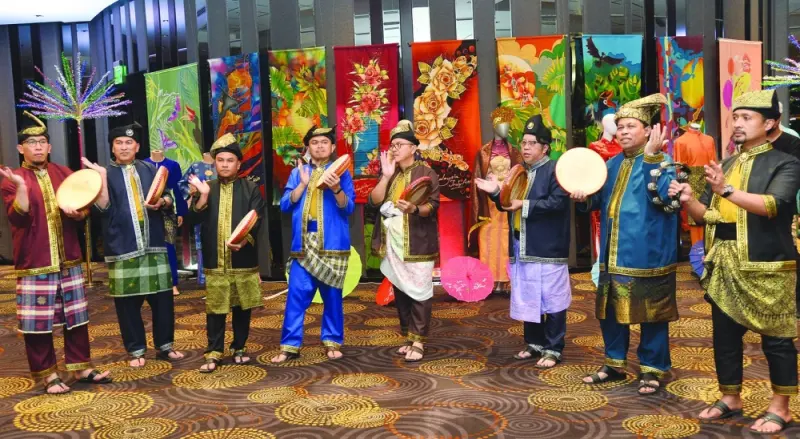
PICTURE: Shaji Kayamkulam
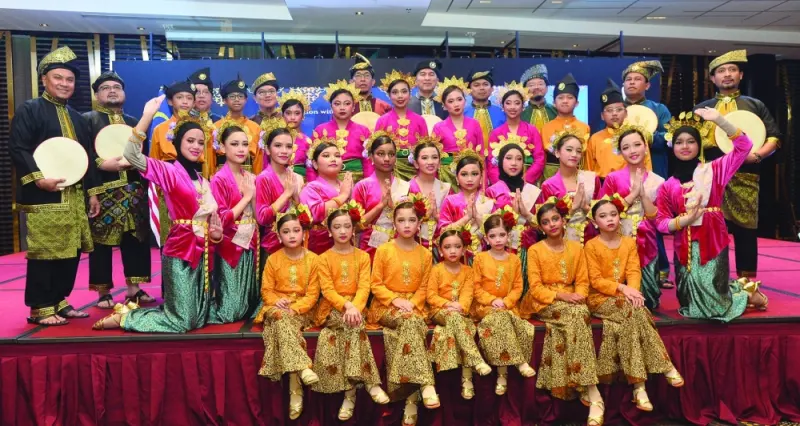
PICTURE: Shaji Kayamkulam



